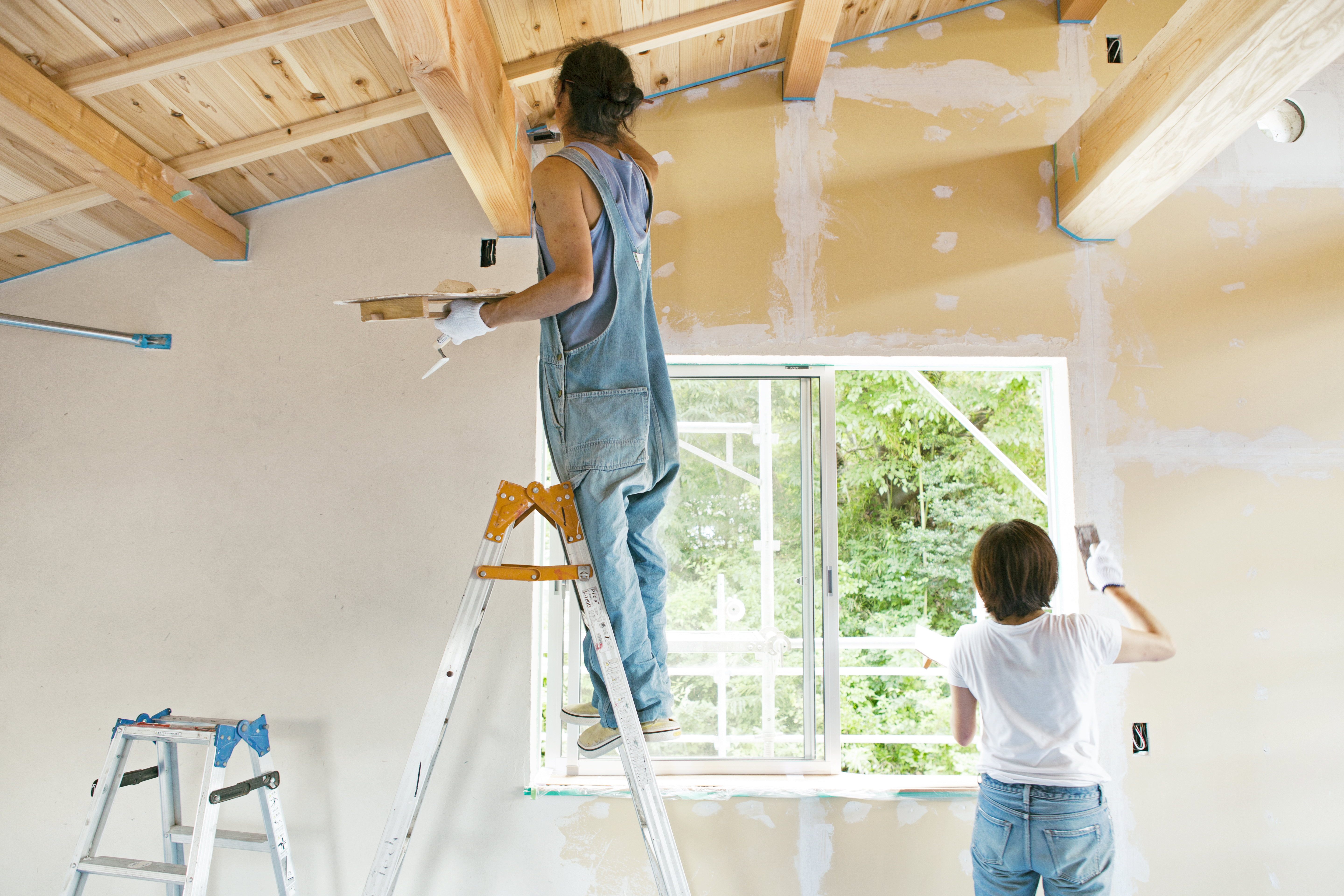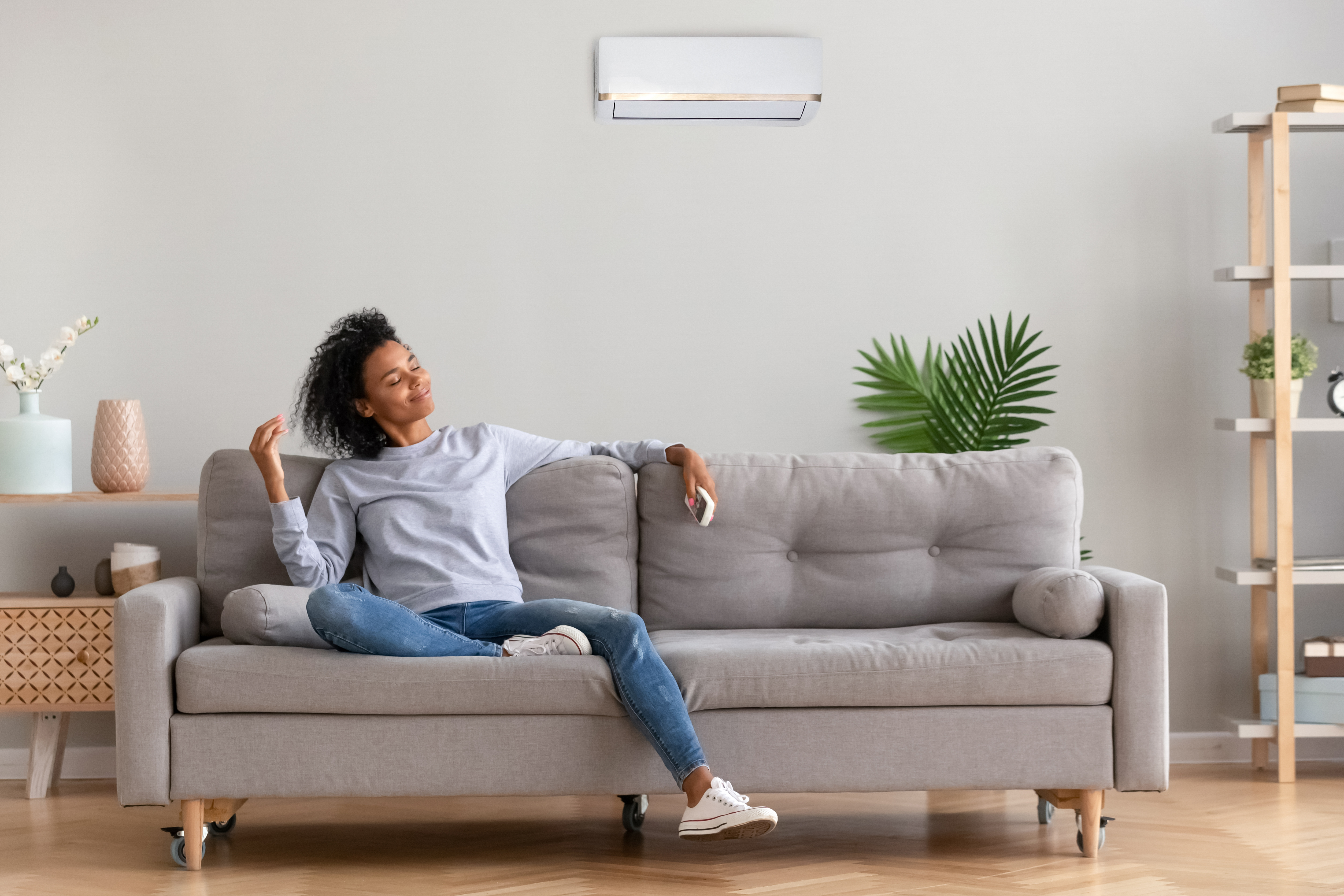From the onset of COVID-19 to haze-filled skies from wildfire smoke, the air we breathe has been in the news quite a bit over the last few years. Specifically, we’ve been paying more attention to the way particulates in the air can affect our health and wellbeing. While we’re probably familiar with impurities like pollen, pet dander, cigarette smoke, and other allergens and irritants, there’s another category of harmful contaminants that may be less familiar: volatile organic compounds, or VOCs.
Like bacteria and viruses, you can’t see volatile organic compounds coming. You may be able to smell them, though. VOCs are compounds released into the air from organic chemicals and have a host of common household sources. But don’t mistake “common” or “organic” to mean “safe.” VOCs can cause a variety of health problems if not handled properly.
Let’s take a closer look at what VOCs are, where they come from, and how you can avoid them to improve your home’s indoor air quality.
What are volatile organic compounds, and where do they come from?
Volatile organic compounds are a diverse group of chemicals that evaporate into the air at room temperature. They’re found in a wide array of household products, from paints and cleaning agents to adhesives and solvents to fuels and motor oil. If you’ve ever taken a whiff of a permanent marker, rubber cement, or goo removers, you’ve been in close contact with VOCs.
Many building materials emit VOCs, as well. Carpeting, upholstery, and laminated wood products like long-span beams or plywood all give off VOCs, usually from the adhesives and petroleum used to make them. Bad news: That “new car smell” everyone loves? It’s VOCs emanating from materials used to make your new vehicle.
Why should you pay attention to volatile organic compounds?
VOCs’ significance lies in their adverse effects on human health. Short-term exposure can include eye, nose, and throat irritation, headaches, and respiratory- or skin-related allergic reactions. And while the effects may be mild at first, they get worse the longer an individual is exposed without respiratory protection.
According to the U.S. Environmental Protection Agency (EPA), prolonged exposure to VOCs can escalate to nausea, dizziness, and loss of coordination. Long-term health effects include liver, kidney, and nervous system damage and cancer. Children, the elderly, and those with pre-existing health conditions are at the highest risk of negative effects from VOC exposure.
Speaking of high-risk, some professions and activities can put people in greater contact with VOCs than others. House painters, salon workers, and mechanics, for example, regularly work with high-VOC materials. But DIYers need to pay close attention, too. EPA research found that levels of VOCs can be five times greater indoors than outdoors. That number skyrockets to 1,000 times greater during (and for several hours after) certain activities, such as stripping paint.
How you can address VOCs in your home
Knowing how prevalent and potentially harmful VOCs are, it’s important to minimize their impact on your indoor air quality. By extension, you’ll be protecting your health, too. Here are four keys to reducing VOCs in your home:
Look for low-VOC products
Many industries have started cutting down on the VOC-emitting chemicals in their products. Look for “low-VOC” or “zero-VOC” labels on products. You should know, however, that there are no standard low-VOC certifications or labeling requirements. For instance, the EPA says some labels indicate VOC levels based on their use in indoor environments, while others are labeled based on outdoor environment regulations. Keep this in mind while you’re shopping and comparing products.
Maximize ventilation while working
When using products containing VOCs, especially household cleaners, paints, solvents, and adhesives, be sure to follow use and care guidelines carefully. Open windows, turn on exhaust fans, and generally work in well-ventilated spaces to dilute the concentration of VOCs in the air around you. Products should have Material Safety Data Sheets (MSDS) to outline proper use and ventilation needs.
Update your home ventilation system
VOCs will linger, especially in closed, indoor environments. Without mechanical ventilation, you and your family could be breathing in chemicals for hours or longer.
Having the right ventilation equipment in your home keeps VOCs and other contaminants from building up. Energy recovery ventilators (ERVs) are an ideal option for exchanging contaminated indoor air with fresh air continuously and automatically.
Monitor indoor humidity
Keeping your indoor humidity as low as possible can also help reduce the effects of VOCs. Some products can emit more VOCs in higher-humidity environments, and moisture in the air can actually help spread impurities throughout your home. Panasonic ventilation expert Ken Nelson says indoor humidity should be set between 30% to 50% to maximize comfort and minimize humidity’s effects on indoor air quality. Helpful tools include ERVs and exhaust fans equipped with moisture sensors, which automatically turn on when humidity reaches a certain level.
Clearing the air of harmful volatile organic compounds
Despite how common they are, volatile organic compounds don’t make headlines the same way other air quality threats do. That doesn’t mean they should go unaddressed. You’ve now got a clear path to stopping these invisible chemicals in their tracks — and the health impacts that come with them.
Through informed choices, including opting for low-VOC products and leveraging advanced ventilation solutions like those offered by Panasonic, you can make sure healthy indoor air quality is a priority in your home. Learn more about Panasonic’s healthy home ventilation solutions and how to integrate them into your home.





